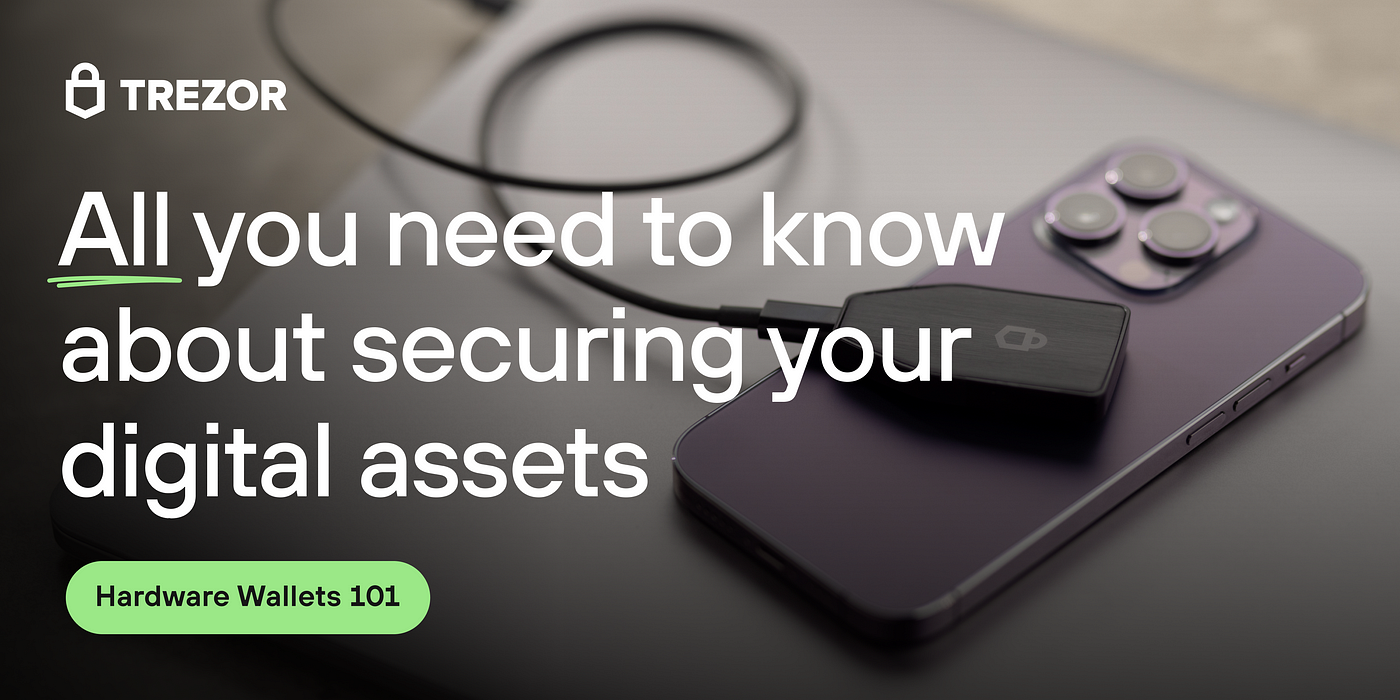
Entering the world of cryptocurrency can be both exciting and overwhelming. One of the first and most important steps in your crypto journey is securing your digital assets. This is where Trezor, a leading hardware wallet, comes into play. If you’re a first-time user, the best place to begin is Trezor.io/Start, the official onboarding platform designed to guide you through the setup process safely and efficiently.
What Is Trezor?
Trezor is a hardware wallet developed by SatoshiLabs, and it’s known for offering one of the most secure ways to store cryptocurrency. Unlike software wallets that are connected to the internet, a hardware wallet like Trezor keeps your private keys offline, significantly reducing the risk of hacks or malware.
Trezor offers two main models: the Trezor One and the more advanced Trezor Model T. Both provide excellent security, but the Model T comes with additional features like a touchscreen and support for more cryptocurrencies.
Why Start at Trezor.io/Start?
Trezor.io/Start is the official setup page provided by Trezor. It ensures that you’re downloading genuine software and guides you through every step of the initialization process. Using third-party guides or unofficial software can expose you to phishing attacks and scams, so always start here.
Step-by-Step Guide to Setting Up Your Trezor
Here’s what you can expect when you visit Trezor.io/Start:
1. Choose Your Device
Once on the page, you’ll be asked to select which Trezor device you are setting up—Trezor One or Trezor Model T. This determines the specific steps and software you need.
2. Install Trezor Suite
You’ll be prompted to download Trezor Suite, the official desktop application used to manage your cryptocurrencies. Trezor Suite is available for Windows, macOS, and Linux. It offers an intuitive interface for sending, receiving, and monitoring crypto assets.
3. Connect Your Device
After installing the software, plug your Trezor device into your computer using a USB cable. The Suite will detect your device and prompt you to begin the initialization.
4. Install Firmware
Most new devices come without firmware pre-installed for security reasons. You’ll need to install the latest firmware through Trezor Suite before you can proceed. Follow the on-screen instructions carefully.
5. Create a New Wallet
Once the firmware is installed, you can create a new wallet. The device will generate a recovery seed phrase—typically 12 or 24 words—that acts as a backup. Write this down on paper and store it securely offline. Never take a photo or store it digitally.
6. Add Coins and Start Transacting
After setup, you can add supported cryptocurrencies to your wallet, including Bitcoin, Ethereum, and many altcoins. You can now send and receive crypto securely, with full control over your private keys.
Final Thoughts
Setting up a hardware wallet might seem intimidating at first, but Trezor.io/Start makes the process clear and secure. By following the official setup instructions, you protect yourself from the most common crypto security risks. For anyone serious about long-term cryptocurrency storage, using a Trezor hardware wallet is a smart, secure step forward.